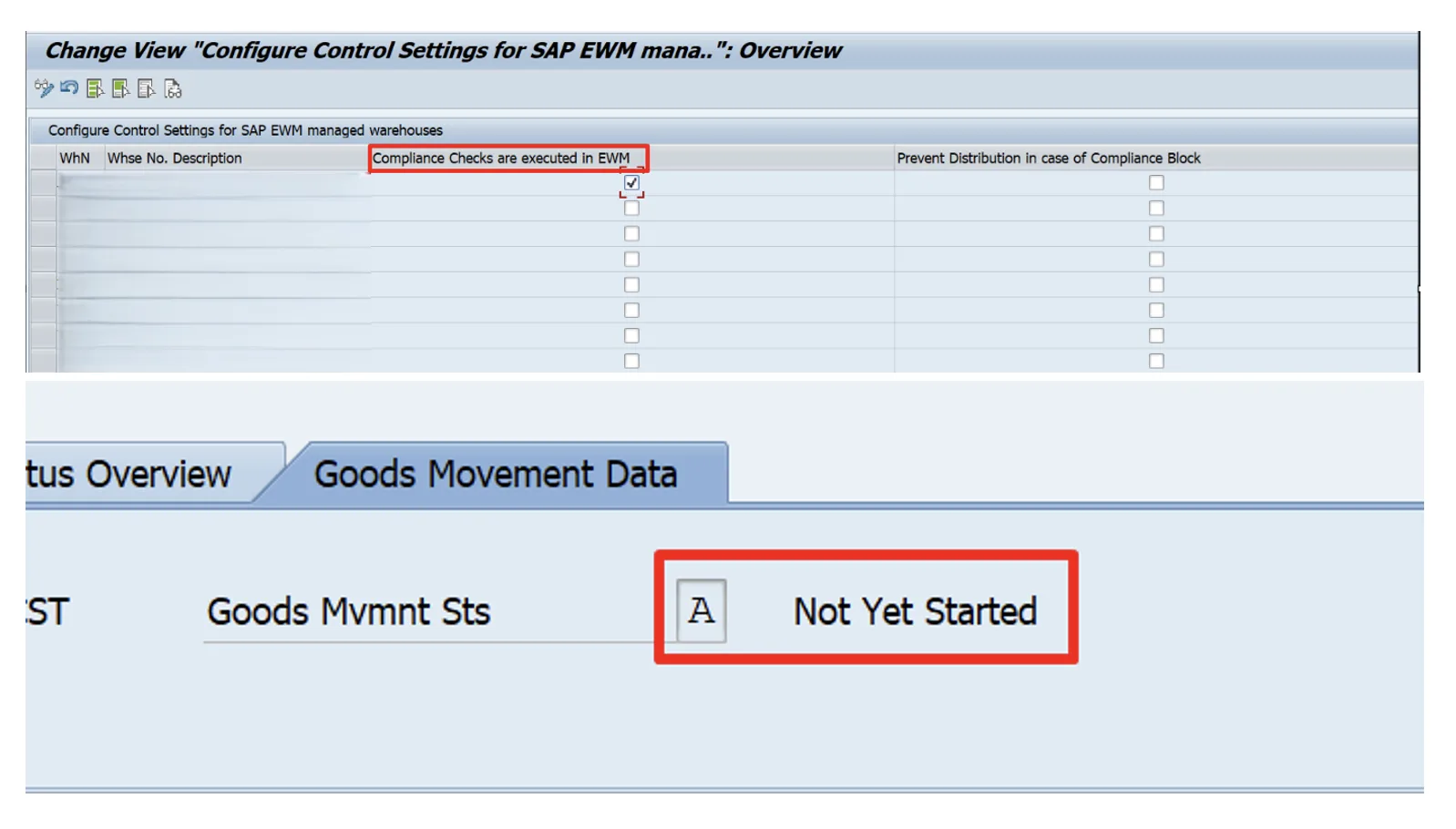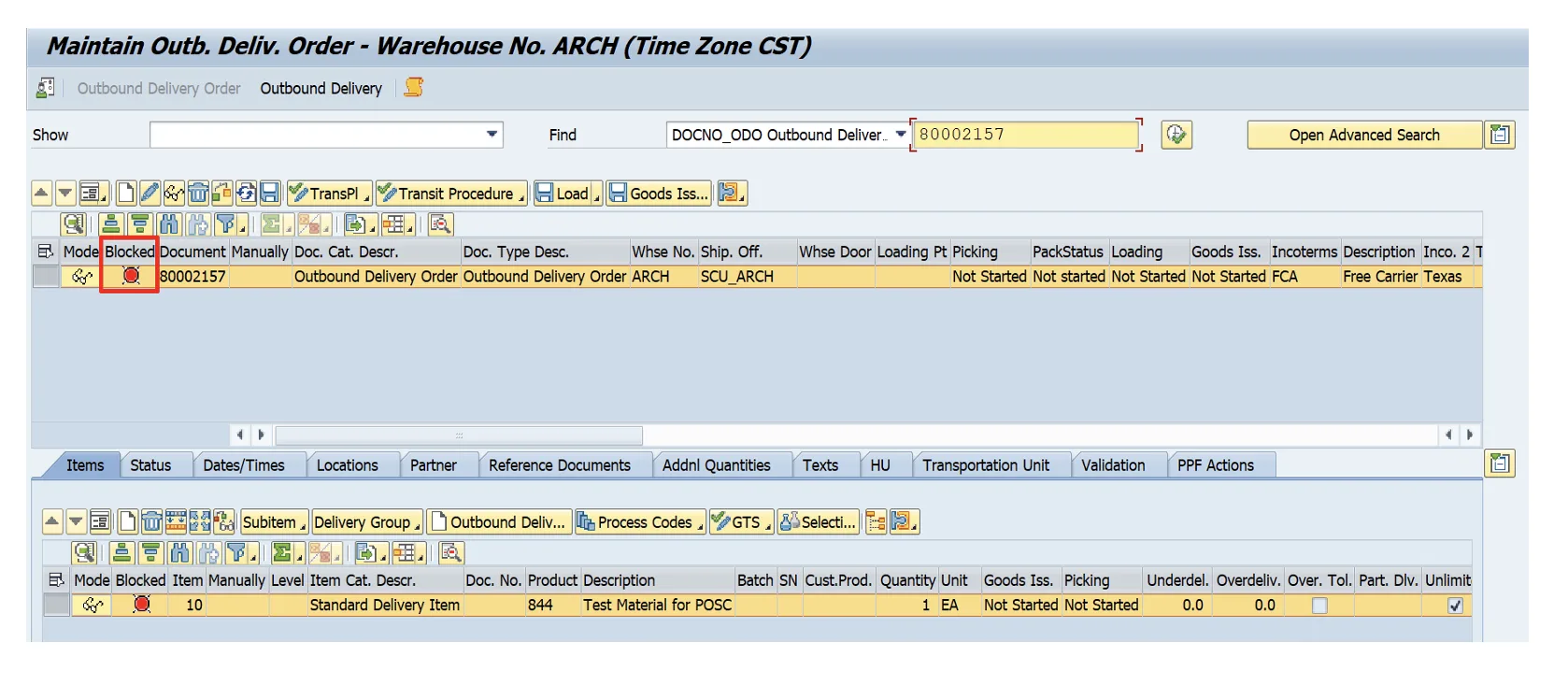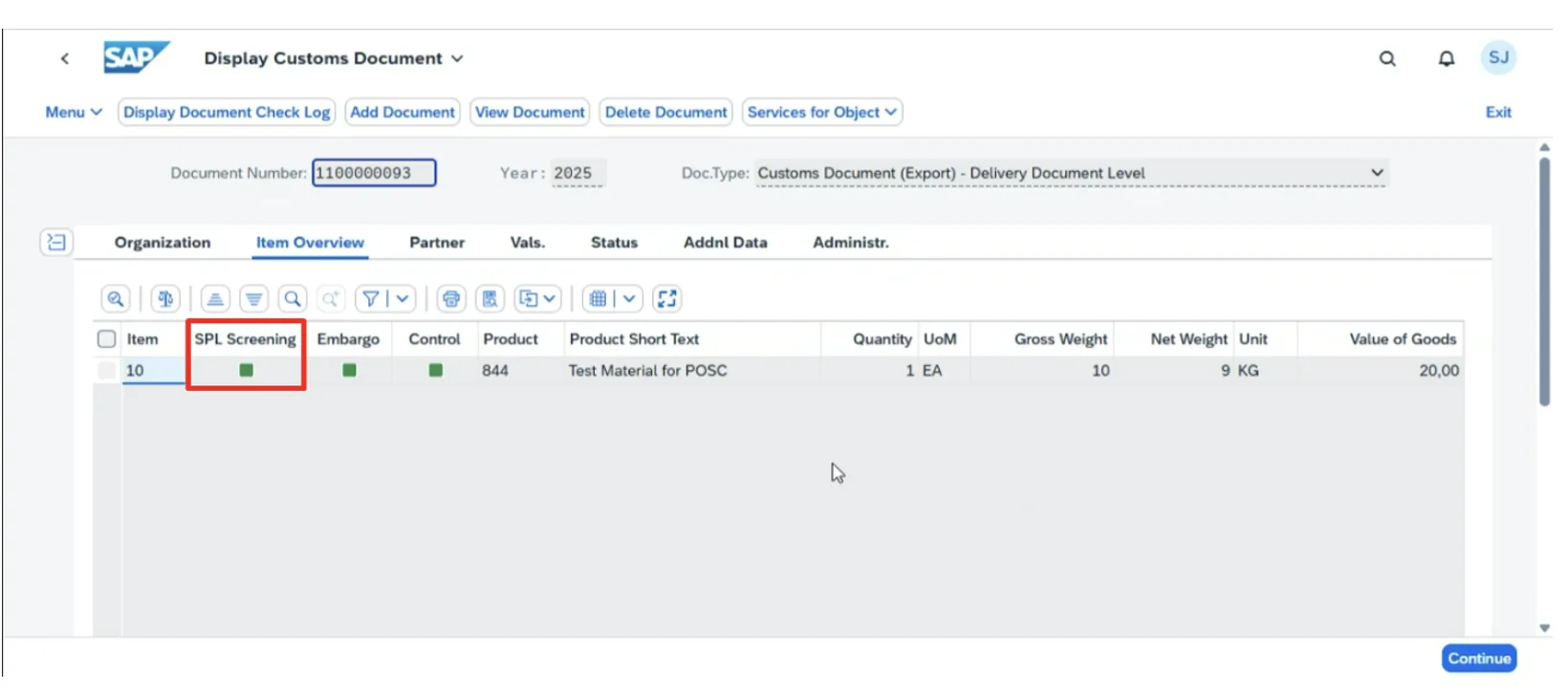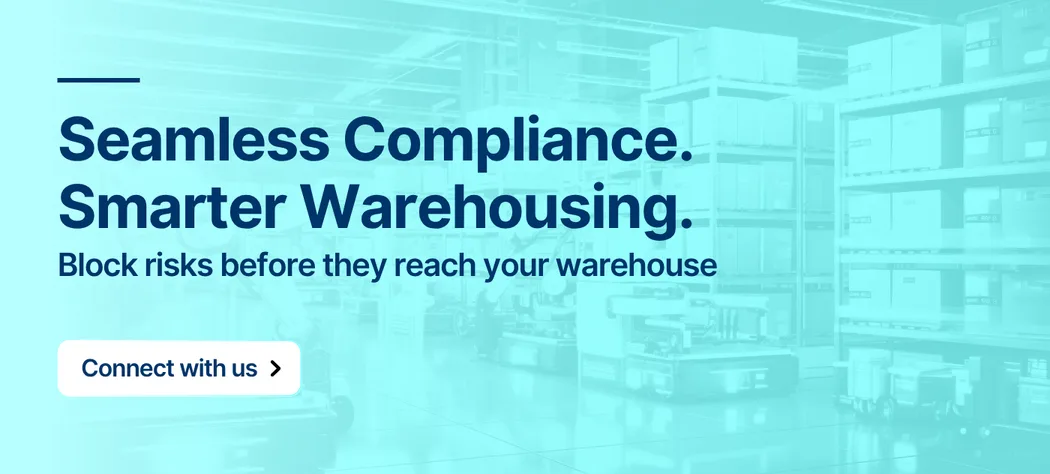

Efficient integration between SAP Extended Warehouse Management (EWM) and SAP Global Trade Services (GTS) ensures compliance without disrupting warehouse operations. This blog highlights key features such as compliance checks, delivery blocking, and legal control—demonstrating how EWM and GTS work together to prevent non-compliant goods from entering the warehouse process. This avoids unnecessary tasks like picking and packing, saving time and reducing legal risks.
As global trade becomes more complex, SAP solutions enable businesses to adapt quickly to regulatory changes, maintain visibility across shipments, and ensure smooth, compliant warehouse operations.
Ultimately, EWM–GTS integration empowers organizations to stay compliant while keeping warehouse performance efficient and uninterrupted.
Industries such as automotive, pharmaceuticals, and electronics operate in highly regulated global supply chains. These sectors frequently deal with strict export controls, embargoes, and licensing requirements, where even minor non-compliance can result in costly delays, penalties, or reputational damage. In such environments, ensuring that only compliant goods move through the warehouse is not just a legal obligation; it’s a strategic necessity.
To address this, SAP EWM–GTS integration enables key functionalities that support compliance without disrupting warehouse operations. It blocks non-compliant goods from being processed in the warehouse, ensures adherence to critical trade regulations like embargoes and export licenses, and establishes real-time communication between warehouse execution (EWM) and trade compliance systems (GTS). These features allow companies to detect and handle compliance issues early, maintain operational efficiency, and reduce the need for manual coordination between logistics and compliance teams.
The integration between SAP EWM and GTS directly supports these industries by embedding compliance checks into the warehouse process flow. Before any goods are picked, packed, or staged, the system verifies whether they meet all applicable trade regulations—such as embargo restrictions, export licensing, or legal controls.
If any issues are identified, the integration ensures that these goods are blocked from further processing. This proactive approach minimizes the risk of non-compliance by stopping potential violations early in the process. Furthermore, real-time data exchange between EWM and GTS keeps both warehouse and compliance teams aligned, reducing manual intervention and ensuring smooth, regulation-compliant operations without interrupting the overall supply chain flow.
1. Prevent Distribution in Case of Compliance Block
One of the most proactive ways to manage trade compliance within the EWM–GTS integration framework is by stopping non-compliant outbound deliveries before they reach the warehouse. This scenario is particularly relevant for companies using SAP S/4HANA or SAP ERP with embedded or decentralized EWM and GTS, where delivery documents typically flow from ERP to EWM as part of the standard outbound process.
To enable this functionality, a specific checkbox must be activated in SAP ERP—usually within the delivery configuration or partner profile setup. This setting ensures that SAP ERP consults SAP GTS for a compliance check before distributing any outbound delivery to EWM.

If GTS identifies compliance issues—such as sanctions, embargo restrictions, or licensing problems—the delivery is flagged, and it is not passed on to EWM. As a result, no warehouse tasks like picking, packing, or staging can begin with that delivery.

2. Compliance Checks Executed in EWM
In some cases, businesses may want to allow warehouse operations to continue even if the compliance check is still pending. This scenario is designed for such situations, allowing greater operational flexibility while still maintaining strong compliance control. It is commonly used in setups involving SAP S/4HANA or SAP ERP with embedded/decentralized EWM and GTS, where logistics execution and compliance functions run in parallel.
To enable this, specific configuration is required to decouple the GTS block from warehouse execution, meaning that EWM is allowed to process the delivery, but the actual goods movement back to ERP is held until GTS approval is received. Technically, the goods movement is paused in the qRFC outbound queue, and the ERP delivery status remains ‘Not Started’ until the block is cleared.

This approach allows warehouse tasks such as picking, packing, and staging to continue without interruption. However, the financial and logistical postings are not completed until compliance clearance is granted by GTS personnel.
3. Legal Control GTS (LegConGTS)
The Legal Control GTS scenario offers a strict and centralized approach to trade compliance. This configuration ensures that every outbound delivery is automatically subjected to GTS checks before any warehouse activity is allowed. It’s the best practice in industries where regulatory compliance is heavily scrutinized, such as defense, high-tech, and pharmaceuticals.
To activate this, the “Legal Control GTS” checkbox must be enabled in the document type settings. Once configured, SAP ERP routes every outbound delivery to SAP GTS for a legal control check. EWM receives the delivery but sets the status as “Blocked for Picking” until GTS approval is granted.



Warehouse operations remain on hold until the compliance check is complete and the block is removed. Once cleared by GTS, the delivery status is updated in EWM, and the picking and execution steps can proceed.

Integrating SAP EWM with SAP GTS is more than just a technical enhancement—it’s a strategic move toward smarter, compliant, and efficient warehouse operations. Backed by ArchLynk’s unmatched SAP expertise and end-to-end supply chain capabilities, this integration empowers businesses to detect risks early, automate compliance, and maintain uninterrupted warehouse throughput.
As global trade regulations evolve, ArchLynk’s unified approach ensures that your logistics and compliance processes work in harmony—accelerating operations, reducing manual interventions, and delivering measurable business outcomes across your value chain.
👉 Looking to streamline your warehouse and trade compliance operations?
Connect with our experts to explore how SAP EWM–GTS integration can power your next phase of supply chain transformation.
